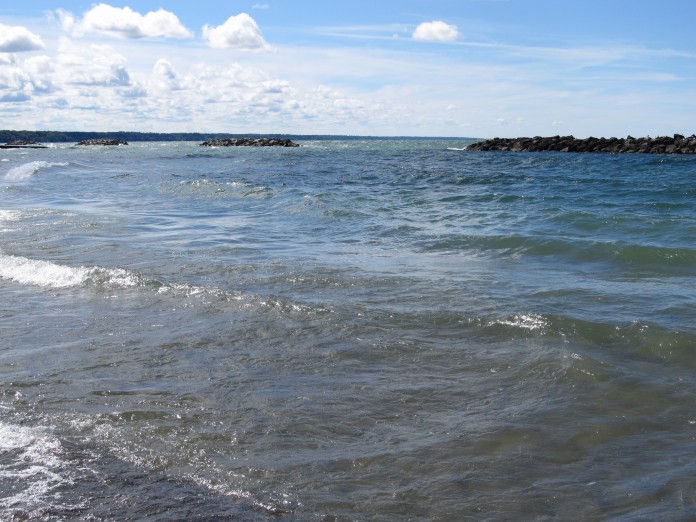
LANSING — The Michigan Department of Agriculture and Rural Development (MDARD) and the Michigan Department of Environmental Quality (DEQ) have awarded $1.5 million to Michigan State University to study what factors and farm management practices are most effective in preventing nutrients from leaving farmlands and moving into rivers and lakes.
Agricultural runoff is one of the known causes of the algal blooms in Lake Erie.
The agricultural community views this project as an essential step in addressing the Lake Erie issue, because it will look very closely at dissolved reactive phosphorus, which, unlike particulate forms of phosphorus, does not bind to soil and is much more difficult to contain.
It is a relatively recent phenomenon, and there are many unanswered questions about what is causing it or what, specifically, is the best way to control it. Referred to as “the edge-of-field project,” the study will examine three farm sites that are similar (but with some key differences) over a five-year period.
Drainage systems
The researchers will alternate different free-drainage and controlled-drainage systems on the different farms over several growing seasons, and water samples will be tested frequently throughout the process.
Installing drain tile in farmland often improves plant productivity and, in some cases, is necessary to farm certain types of soil. Researchers will study different types of drainage control structures and how they affect nutrient loss and crop yield.
Another part of the study will focus on saturated buffers. Common buffers are strips of vegetation grown around farmland that act as a filter or barrier for nutrients. These buffers have been promoted and used for many years to address the flow of water on or within the soil.
Nutrient retention
However, saturated buffers also include pipes that help utilize the natural filtering effect of the soil on water exiting the field’s drain tile lines, which also may improve nutrient retention.
“We’re very eager to start this project because it will help us understand why dissolved reactive phosphorus is not staying in the soil using farming methods that have been successful in the past,” said MDARD Director Jamie Clover Adams. “The things we learn from this project will be shared regularly with farmers, even before the project is complete so that they can adjust their practices as soon as possible. And the data we collect will be used by farmers to develop or implement additional practices that will help improve the health of Lake Erie.”
To ultimately improve and protect the quality of Lake Erie, we need to have a better understanding of the best management practices for all types of phosphorus in the water, said MDEQ Director C. Heidi Grether.
“Studies like this are a big step in that direction,” said Grether.
This research will provide farmers, MSU Extension educators and state agency personnel with a deeper understanding of the physical, operational, and managerial factors that impact nutrient loss and management of drainage water, said Ehsan Ghane, MSU biosystems and agricultural engineering assistant professor and lead researcher on the project.









